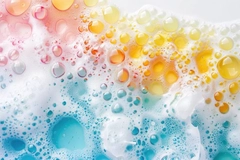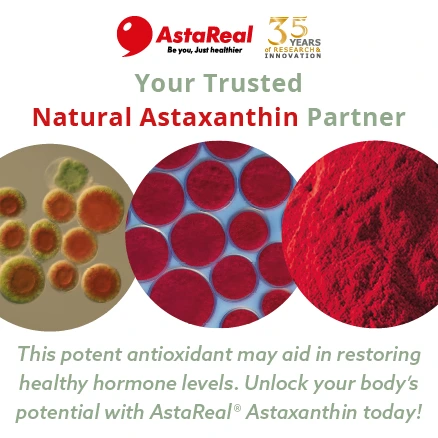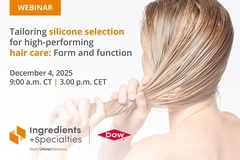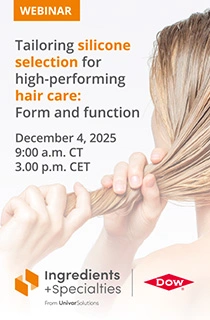EU bans and restricts dozens of dangerous cosmetic ingredients
The European Commission is banning and restricting a wide range of cosmetic ingredients deemed unsafe, including commonly used substances like sodium perborate, silver, and hexylsalicylate. The changes are part of the newly proposed Omnibus Act VIII, which updates the EU Cosmetics Regulation and will impact the formulation, labeling, and marketability of personal care products across the EU.
Starting 1 May 2026, all non-compliant cosmetics must be removed from the EU market, regardless of whether they were already on shelves or in distribution. The regulation introduces updated bans, strict usage limits, and label warnings, requiring immediate reformulation efforts for brands and manufacturers.
The draft was officially notified to the World Trade Organization and implements the Scientific Committee on Consumer Safety’s opinions and recent EU classifications of CMR (carcinogenic, mutagenic, or reprotoxic) substances.
The changes apply to four key regulatory annexes: banned ingredients (Annex II), restricted ingredients (Annex III), colorants (Annex IV), and preservatives (Annex V).
Key regulatory amendments
The updates to Annex II include several forms of sodium perborate, a bleaching agent used in whitening and oxidative products. This ingredient has been classified as toxic to reproduction and is now fully prohibited in all formulations.
.jpg) The EU is banning and restricting dozens of unsafe cosmetic ingredients under Omnibus Act VIII.Other newly banned substances include multi-walled carbon nanotubes linked to respiratory risks and acetone oxime, a chemical used in industrial and fragrance-related applications.
The EU is banning and restricting dozens of unsafe cosmetic ingredients under Omnibus Act VIII.Other newly banned substances include multi-walled carbon nanotubes linked to respiratory risks and acetone oxime, a chemical used in industrial and fragrance-related applications.
The updated Annex III imposes strict usage limits on silver powder (non-nano form), allowing a maximum of 0.05% in toothpaste and mouthwash, and hexyl salicylate, a widely used fragrance compound. The latter faces limits based on product formats, ranging from 2% in perfumes to 0.001% in oral care and 0.1% in children’s products.
Annex IV restricts the use of silver powder in lip and eye products to a maximum of 0.2%. This reflects growing concerns over particle accumulation and potential long-term exposure risks, such as kidney problems or tissue discoloration, especially in color cosmetics.
Annex V has been updated to limit o-phenylphenol and its sodium salts used for antimicrobial preservation. The limit is set to 0.2% in rinse-off and 0.15% in leave-on products.
These preservatives are banned in inhalation and oral products and must carry the warning: “Avoid contact with eyes.”














